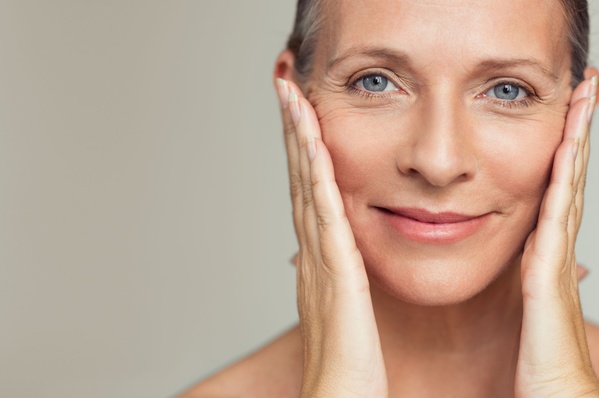
Lift Threads
What is it
Made of synthetic fibers (polydioxanone or polypropylene), they are slowly absorbed (180 - 240 days) and broken down into compounds that are neutral to the body. They do not trigger an immune response. Depending on the area given to the treatment, the condition of the skin and what effect we want to achieve, we have a choice of various types of lifting threads: PDO, Aptos, Contour, Silhouette, among them the so-called straight (single), twisted, spiral, conical, hook, and combinations of them.
They have been used in medicine for over twenty years in absorbable surgical sutures and in orthopedic implants. In aesthetic medicine, they are used as the so-called tissue stimulator, stimulating the production of new collagen, elastin and hyaluronic acid. Their use significantly improves the quality and tension of the skin. In addition, it enables effective lifting of sagged skin layers without increasing its volume. The procedure itself is minimally invasive and the first effects are visible immediately. The aesthetic effect grows gradually over time. The procedure is safe provided it is carried out by an experienced physician.
Indications
FACE: horizontal forehead wrinkles, lion's wrinkle, drooping eyebrows, sagging below the lower eyelids, nasolabial folds, chin fold, marionette lines, drooping cheeks, zygomatic area, jaw area, smoker's lines. BODY: neck and cleavage, breasts, buttocks, abdomen, arms, legs, knees, elbows, backs of hands.
How it works
The threads are placed on special, long needles, the so-called cannulas, and are inserted deeply under the skin, in specially selected points, in strictly defined directions, the so-called vectors. Their idea is based on a combination of two mechanisms of action: the first is a clear tension and lifting of the skin, the second is the stimulation of collagen and elastin synthesis. By stimulating the production of new collagen, they increase skin tension and firmness, while elastin is responsible for skin elasticity and elasticity. In addition, by increasing the production of natural hyaluronic acid, they moisturize the skin, and in the area of adipose tissue, they stimulate natural lipolysis, reducing the number of fat cells. Immediately after the procedure, the tissues are pulled up and wrinkles are smoothed out due to the mechanical impact of the threads. About two weeks after the treatment, a visible further improvement of the aesthetic effect of the treatment begins, resulting in turn from the increased production of collagen and elastin. The threads are gradually absorbed.
Effects
Firming the skin, increasing its tension, eliminating sagging, reducing wrinkles, reducing the volume of fat cells, the so-called V lifting - the effect of slimming the face with simultaneous skin stretching, reducing the tension of facial muscles and reduction of mimic wrinkles while maintaining a natural appearance. The effect after the treatment lasts on average 2-3 years and depends on the condition of the skin before the treatment, the patient's age and lifestyle.
Is the procedure painful
It is not necessary to anesthetize the patient before the procedure, or you can apply a cream with lignocaine to the skin. The pain is only associated with the sting. The procedure of implantation of the threads in the skin itself does not require incisions and does not leave scars. After the procedure, the threads are invisible.
Side Effects
After the procedure, there may be temporary pain when you touch or press in the area of the inserted threads. There may also be a slight swelling and pain. The skin may be slightly red for a few hours and bruises may appear. Threads placed in the area of thin skin (e.g. neck, eyelids) may slightly translate through the skin, and become invisible as they are absorbed. After the treatment, the threads may also be slightly felt through the skin. The listed symptoms do not leave permanent consequences, they are a natural consequence of the procedure performed.
Contraindications
Pregnancy, skin inflammation, autoimmune diseases, adhesions and fibrosis within the skin and subcutaneous tissues, epilepsy, mental diseases, blood clotting disorders, the use of anticoagulant therapy.